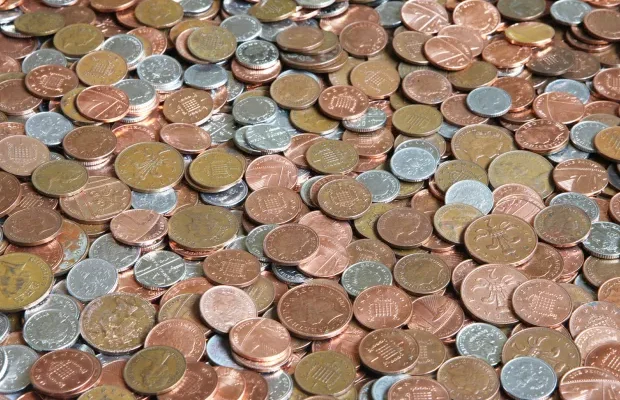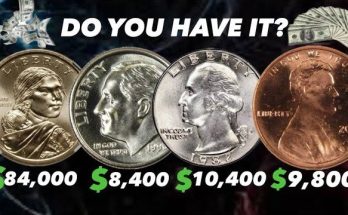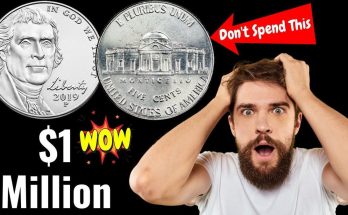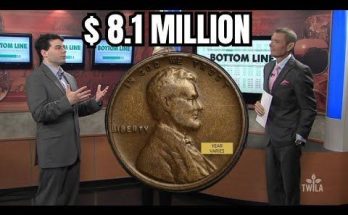COIN collecting has become increasingly popular in recent years thanks to new social media attention.
TikTok and other social media platforms have shared collecting success stories, breathing new life into the old hobby.
The U.S. Sun spoke to two experts at the Professional Coin Grading Service (PCGS) about current trends in coin collecting, an activity professionally called “numismatics.”
PCGS independently determines the quality of rare coins on their way to auction, and it recently graded the world’s most valuable coin.
Steve Feltner, the director of numismatic education at PCGS, has been collecting since he was 8 years old.
Feltner worked for the service when the 1933 “double eagle” coin came through the office before it sold for $18.9 million, but he says it’s not about the money.
“For me, this was a hobby that started out with a passion for history, a passion for art, a passion for holding something in my hand that’s connected with a historical event,” he said.
That passion, he said, is important to successfully finding rare and valuable coins.
WHERE TO START
Feltner said that anyone looking to get into collecting should follow their interests.
He said he typically asks new collectors a few questions when they’re looking for a starting point.
“Is there a design you really appreciate? Is there a time period that you really like to get into historically? Is there a world event that inspires you?” he asked.
After collecting a few personally interesting pieces, a collection “just ends up snowballing,” he said.
For finding high-value coins, he said the future lies in global coin collecting.
The US has a robust coin collection market, meaning many extremely rare US coins have already been found — making them hard to come across and sell.
“We know what the ultimate rarities are… but not as many people know about really, really scarce coins of different countries,” he said.
Young numismatists are latching onto family history and other countries they find interesting as a source of coins, he said.
“I think that world numismatics is something that’s really starting to explode as people start realizing there’s a lot of unknown out there and there’s a lot of things that can still be found,” he added.
He also recommended purchasing the “red book,” an annual publication which details what to look for in valuable coins.
OLD HOBBY, NEW TREND
People have been collecting coins for centuries. In the 1800s, as American colonial currency aged and got harder to find, collectors started appearing in the young nation.
By the 21st century, the US had a strong market for collectible coins, with many worth thousands thanks to unique designs and rare errors.
However, the longevity of the hobby was not always ensured.
Feltner said that older coin dealers have long worried about attracting young people to the profession for decades. Recently, that concern has been alleviated — thanks largely to social media.
“In the last seven or eight years, a lot of that rhetoric has started dying down,” he said. “I’ve seen multiple businesses formed, just because of their interactions on social media.”
Heather Boyd, the marketing director at PCGS, said coin enthusiasts like Eric Miller have drawn significant attention to coin collecting.
Miller’s TikTok (@thecoinchannel) has over 4.7 million followers.
That level of engagement has drawn new people into the hobby, according to Boyd and Feltner.
“I think the numismatic industry, because of social media, is in better hands today than we’ve seen it in previous generations,” Feltner said.
FINDING RARE COINS
While for many, coin collection is not about the money, some have made it big on rare coins.
One California resident inherited a bag of coins from his parents.
The rare 1917/1918 nickel had two dates printed on it, making it worth much more than its five-cent face value.
It was valued at $17,250.
While some rare coins like the nickel have designs that can be hard to spot in pocket change, others are more obviously rare.
One 1829 coin recently sold for $3.8 million, thanks to its curious history.
“Mule” errors, coins with a pair of designs that aren’t meant to be together, can be worth extra money.
A coin worth $2,000 was recently found in a Salvation Army donation kettle.




